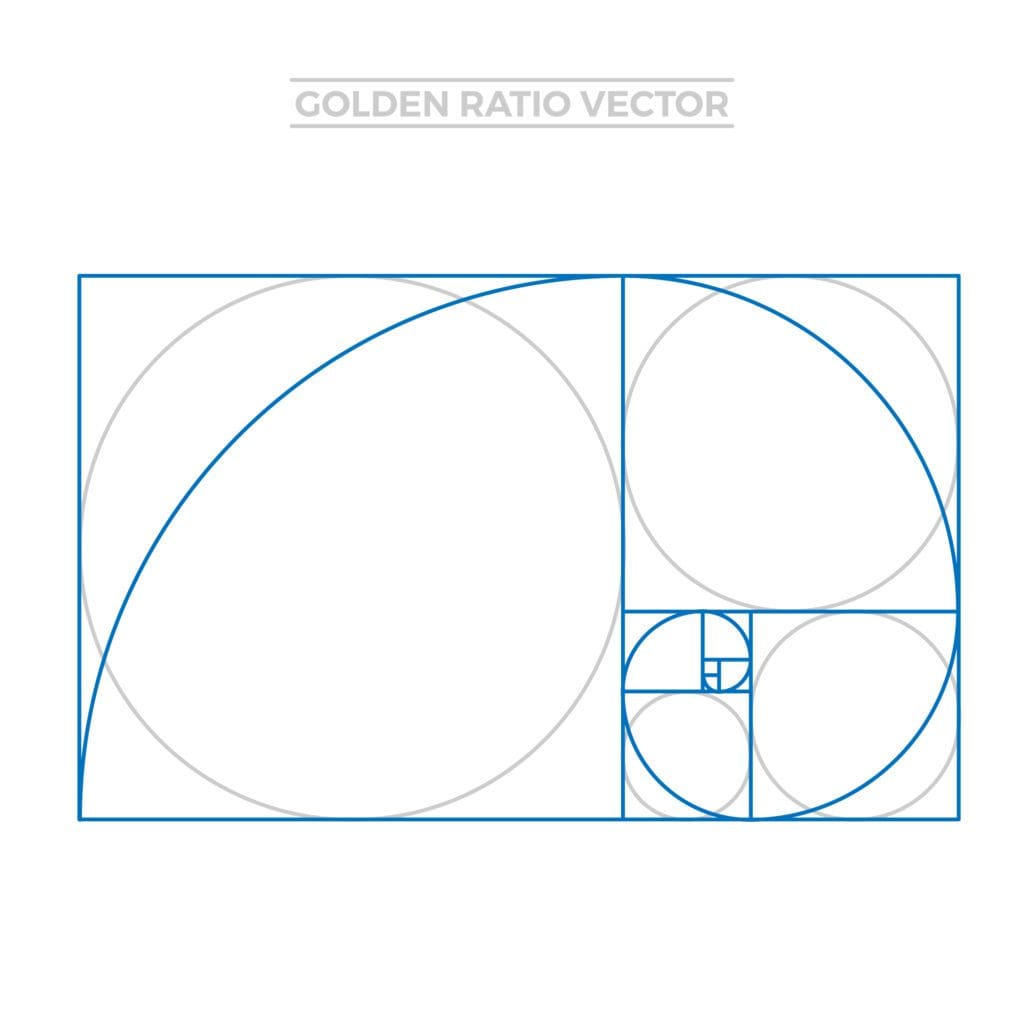Golden rule is a composition rule used to determine the best position for your subject or focal point. It’s similar with the rule of thirds, but instead of dividing the image in nine equal parts it uses the golden ratio.
The Theory
Golden ratio is an irrational number, symbolized by the Greek letter Phi. It was first used at the construction of the Parthenon by the Greek sculptor Phidias. The approximate value of Phi is 1.61803… It seems that this ratio is very pleasant for the human eye and it’s considered to deliver the most beautiful shapes.
Golden ratio is frequently found in natural environments. It’s in DNA molecules, leaves disposal, hurricanes, and shells design. It’s related to Fibonacci sequence and associated with some of the most outstanding natural shapes.
It can be geometrically explained. Divide the distance between two points in two parts a and b that respect the following formula:
By transforming segments in rectangles with the same proportions and following the Fibonacci sequence, we have this self-explaining image:

Background vector created by eightonesix – www.freepik.com
In photography, golden ratio can be used in many ways. You can choose an aspect ratio that respects this proportion. You can choose perspective and angle so that your subjects dimensions respect it. Or you can use one of the two composition rules based on it: golden rule and golden spiral.
The practice
To use the golden rule you need to divide the image using two parallel vertical lines and two parallel horizontal lines. The distances between lines are given by the golden ratio. This division is also called Phi Grid and you can find it in some image editors at cropping tools (Gimp, Photoshop, Luminar, etc.)

Photo by Barrett Ward on Unsplash
The golden rule stands that objects of interest should be place along the Phi Grid lines or at their intersection. This assures optimal visibility as human brain is trained to recognize these proportions from nature.
Don’t forget to leave space in front of your subject unless you have a strong reason to do different. Space means openness, while crowding the subject can have negative meanings.
Unlike the rule of thirds, golden rule is flexible. You can create your own grid that respects the golden ratio. In practice you can rely only on your eyes, you don’t have guiding lines in your viewfinder. So try to stay away from complicated math and follow your instinct.
If you don’t get it right from the beginning, you can correct the composition by cropping the image in post-processing. Make sure your image size is large enough and allows cropping. Also, choose an editor with Phi Grid.
As any rule, you can choose not to use it, but it helps knowing about it and practicing from time to time. You’ll see that sometimes playing by the rules transforms a dull scenery into an amazing photograph.
Photo credit: Photo by Ashley Baxter on Unsplash


